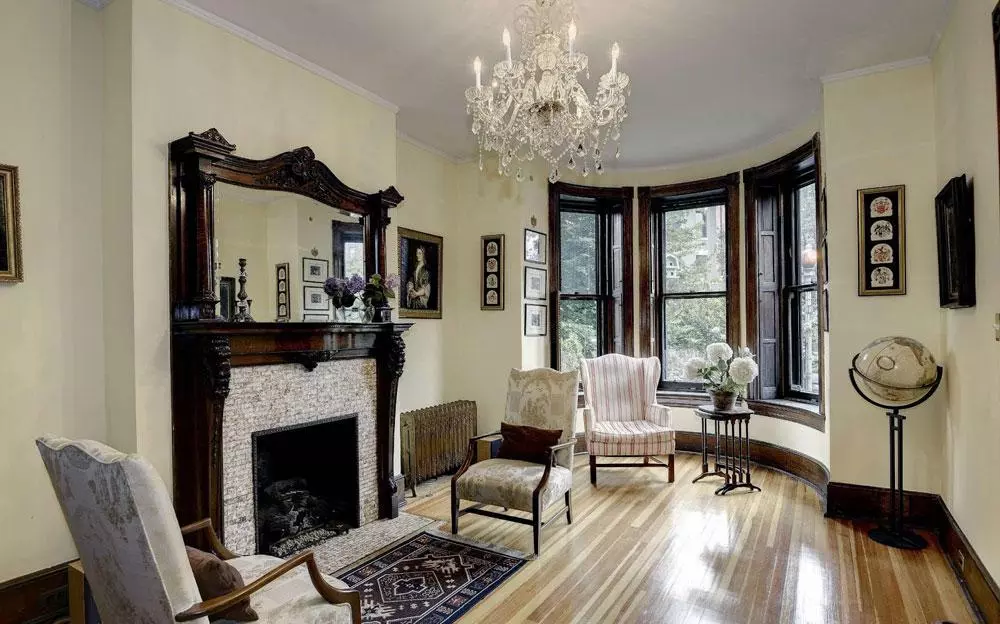The period involved a lot of focus on trendiness and individualism, so there was a lot of change and variety. However, certain distinctive features show up again and again in Victorian homes. Here are some of the key hallmarks of Victorian design. Rich, dark colors and an abundance of opulent design choices highlight the most important elements of Victorian interior design. At Blucap Interiors, we incorporate these elements into modern day designs for your home.
Colors:
The first step towards any authentic Victorian design colored. In the earlier parts of the era, dark, jewel tones like burgundy, emerald green, navy blue, and deep brown were popular. These shades were useful because most homes were heated by coal fires, and the dark colors hid any lingering smoke and ash. Towards later periods, when cleaner gas lighting became possible, brighter colors and pastels became trendy. Most people think of darker, muted colors when they picture Victorian color palettes, but bright shades can be just as appropriate as long as they are used with Victorian-style furniture and decor.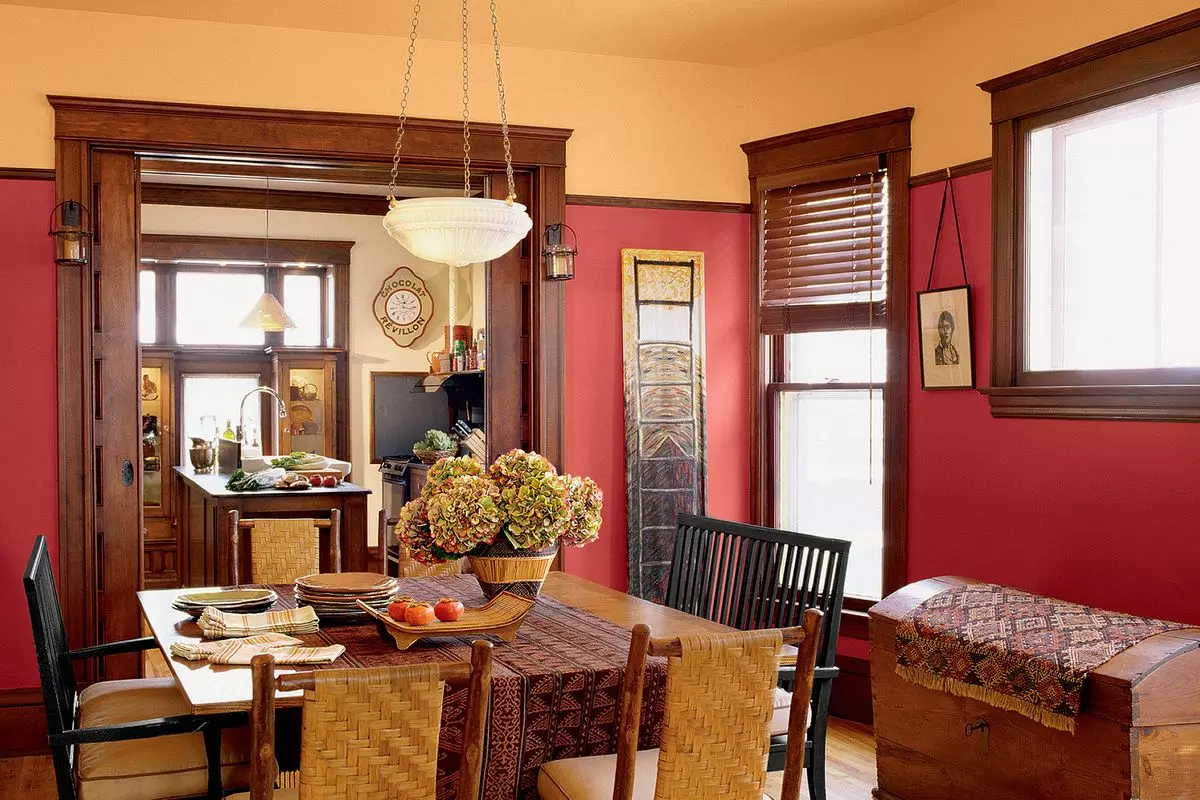
Furniture:
A single furniture style didn’t dominate the era, but furniture was defined by an excess of ornamentation. Victorian furniture was generally decoratively carved and over-stuffed, with pieces like button-back armchairs, chaise lounges, and ottomans.
Victorian furniture tended to have a lot of excess ornamentation. Many pieces had gilt, mother of pearl, or cloisonne insets to add color and interest to the pieces, and they were often carved very decoratively. There was no single dominant style of furniture though. Some people loved European rococo furniture, with its delicate, frilly lines. Others leaned towards Arts and Crafts style designs that had bulky, geometric designs meant to reference Tudor era furniture.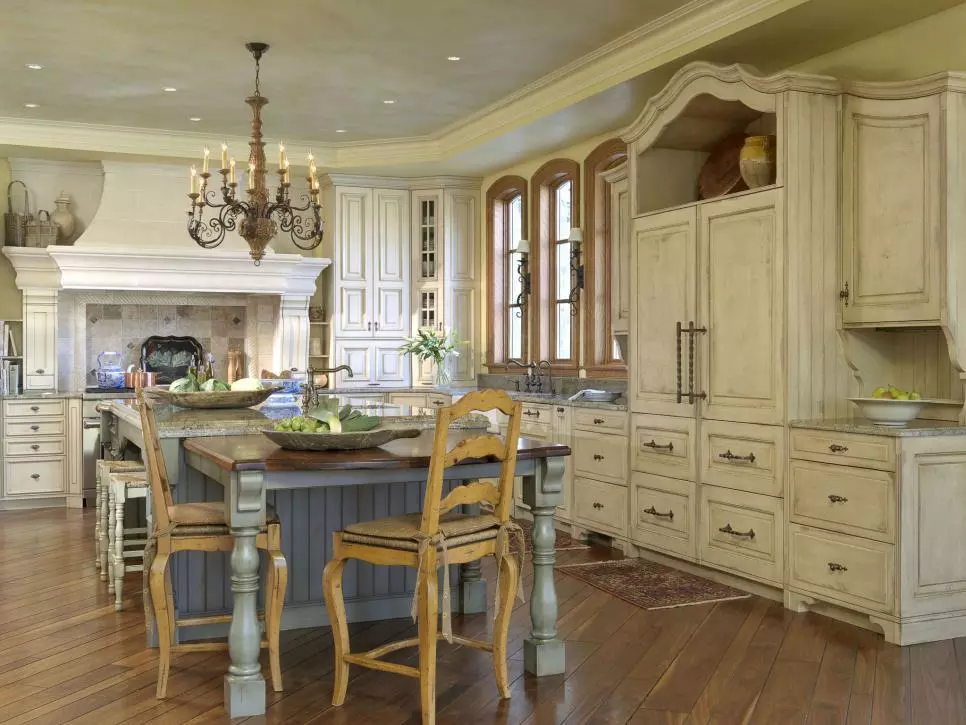
Lighting:
Essential to this design style are light fixtures and candles, especially in areas such as dining rooms, living rooms, sitting rooms, and entryways. Tiffany lamps (with lampshades made of glass) were a popular style of the era for not only table or standing lamps but also for wall sconces and chandeliers.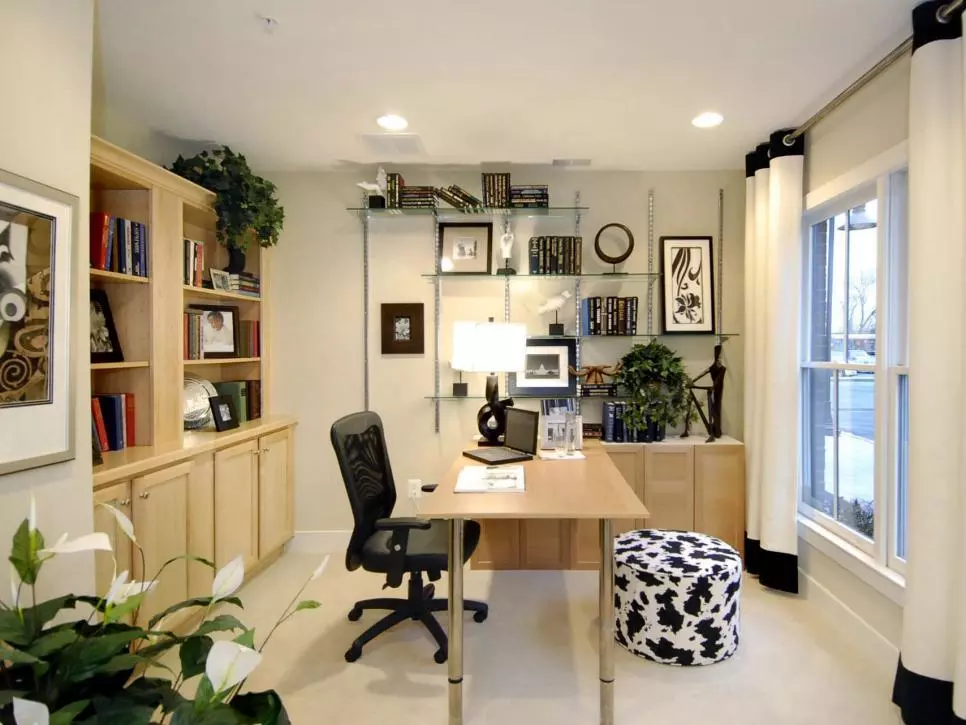
Home decor:
Accessories and decorations are prominently displayed and cover every surface in Victorian interior design. Examples include a gallery wall of framed pictures, displayed china, souvenirs, vases, and lace doilies, the latter of which could be used on the backs of furniture, on tables, or on mantels. Additionally, embroidered cushions decorated couches, and potted plants like palms and ferns were popular. Stained glass was also a common way to add color to rooms.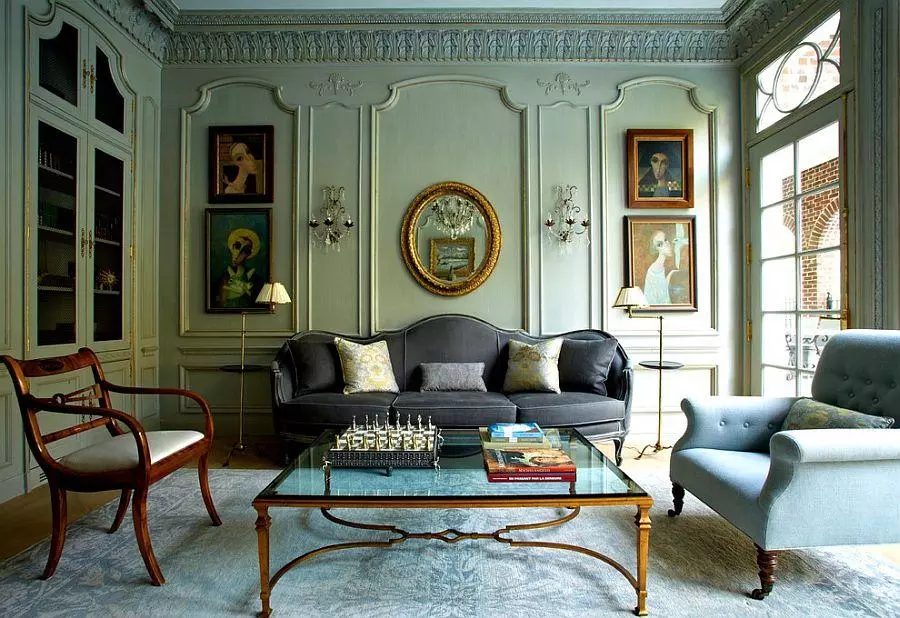
Of course, the finishing touch in any Victorian home was the decor itself. Just about every surface, from furniture to fireplace mantles, tended to be covered with decorative objects. Windows had beautiful, fabric drapes, couches were covered in delicately embroidered cushions, and doilies and vases were on every flat surface. Victorians were all about greenery, with potted plants, particularly palms and ferns, being trendy.In its quest for harmony with nature, biophilic interior design can integrate acoustic, sound-absorbing solutions such as moss walls and eco flooring panels which reduce ambient noise while adding a natural aesthetic into a space. The soothing sounds and scents of nature help create a comfortable, reassuring environment.
Wall art was especially popular, with new photography and printing techniques making it easy for people to have portraits of relatives, landscape paintings, and other images hung everywhere in carefully organized layouts.
Window and wall coverings:
Windows featured heavy fabric drapes and opulent window treatments, such as curtains lined with silk or wool. Walls were typically covered with the rich, dark paint colors of the era or covered by tapestries or wallpaper with bold floral, leaf, or vine motifs. Walls were sometimes painted to look like marble or wood-grained finishings.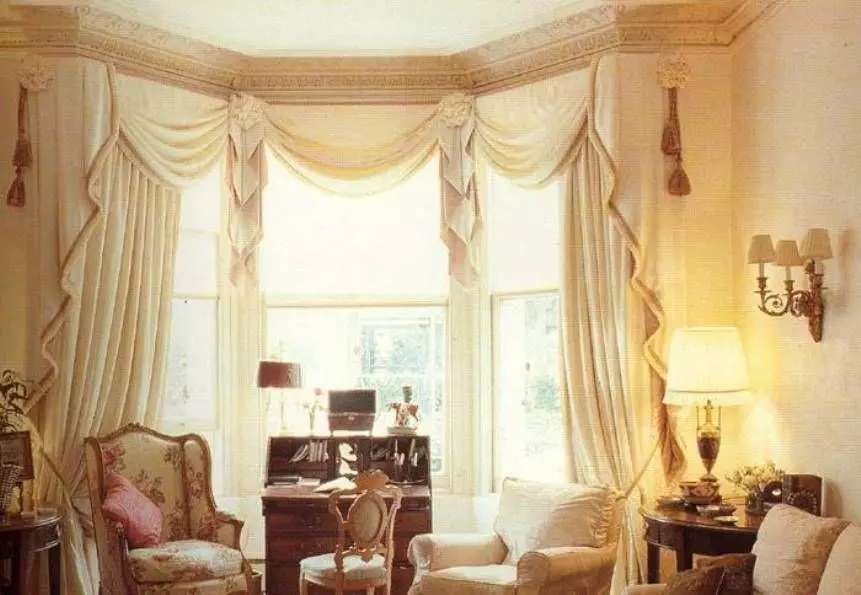
The authentic Victorian-era walls can be achieved in three parts. The top of the wall should be decorated with the panels of wood that connect it with the ceiling. Secondly, in the middle section, there should be a fabric or wallpaper in stripes, which commonly depicts flora, fauna, or vegetation. Lastly, the lower part of the wall should be covered with woods. The color of the floor should complement the color of the walls and furniture. Victorian style ceilings are quite high; they can be dome-shaped and are often decorated with beautiful stucco work.
Flooring:
Wood, specifically parquet patterns, is one of the most common flooring of the era. Other common floor types were matting, floor cloths similar to linoleum, carpeting (including broad loom, Venetian, and reversible), and toward the second half of the era, tiled floors with a repeating geometric design in the middle.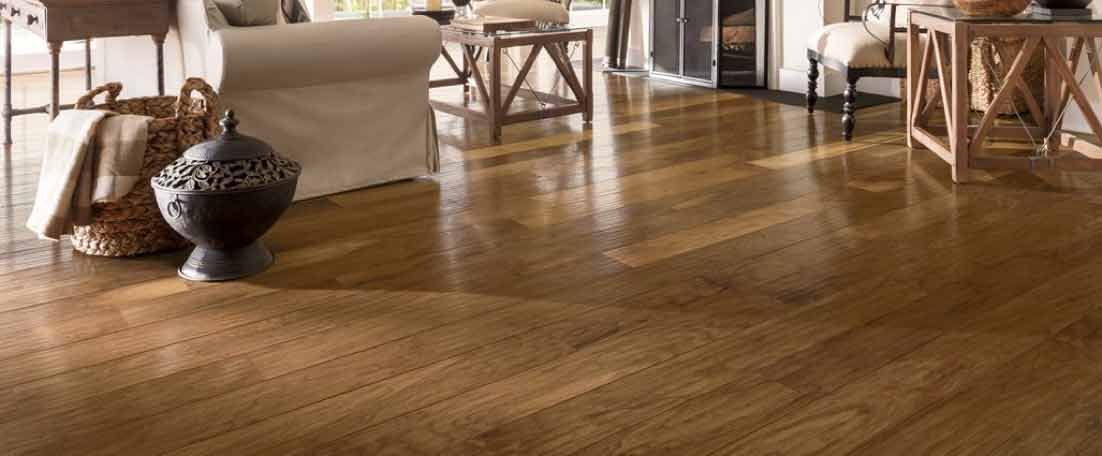
One of the biggest trends in Victorian interior design was wall decoration. Many people applied wallpapers, particularly those with elaborate floral, leaf, and vine patterns. Another popular option was painting walls to create faux marble or wood-grained finishes. Victorian flooring further emphasized the era’s love for pattern and ornamentation. Wood was the most common flooring, with many homes having parquet wood patterns. Often, people covered wood floors with woven rugs to add more visual interest and warmth. Starting around the mid-1800s, tile became popular. Most Victorian tiled floors had a border around the edge with a repeating geometric design in the middle.
Architectural Features:
It is impossible to talk about Victorian design without mentioning architectural features. Many people embellished their homes with decor like elaborately carved crown molding or built-in bookcases. Decorative wainscoting paneling was also very common, along with stained glass and wrought ironwork. Wood was one of the most popular materials, used for a lot of architectural features that pulled together decor.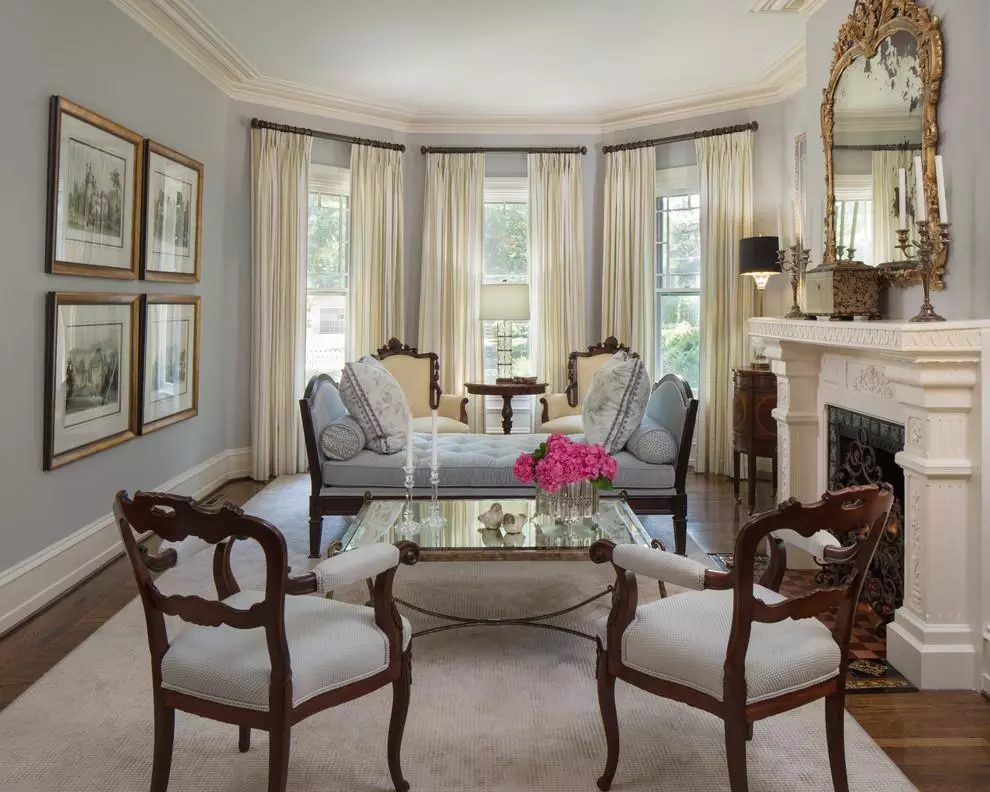
Look out for old architectural features that you can buy and incorporate into your rooms in the Victorian design style. Recycling and up-cycling have become very popular recently and when converting your home to Victorian designs, recycling is definitely the way to go.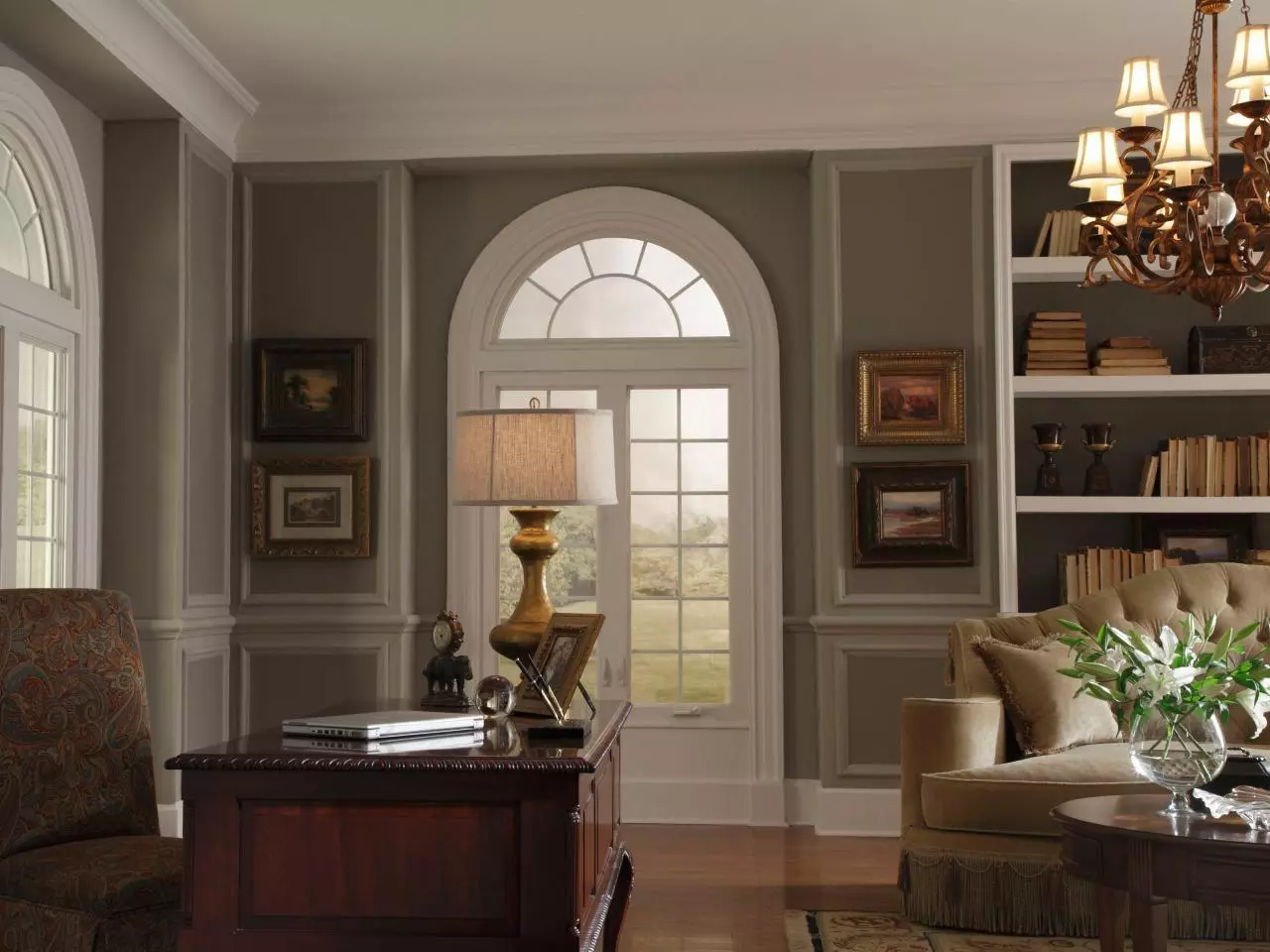
If you don’t have the time to trail around flea markets, simply search online and you will find antique trims, doors, and windows that you can use to replace your modern home features and bring an edge of Victoriana to a newer property.
Marble in Victorian style decor:
Marble was popular in the home throughout the Victorian era and is easy to replicate today for your Victorian home decor. You could choose an extravagant marble feature such as a fireplace or marble-topped table or simply add touches here and there in the form of statues or decorative items. The high-quality aesthetic that marble brings to the home is just the style that the Victorians were so keen to show off and is part of a particular Victorian paint colors patterns.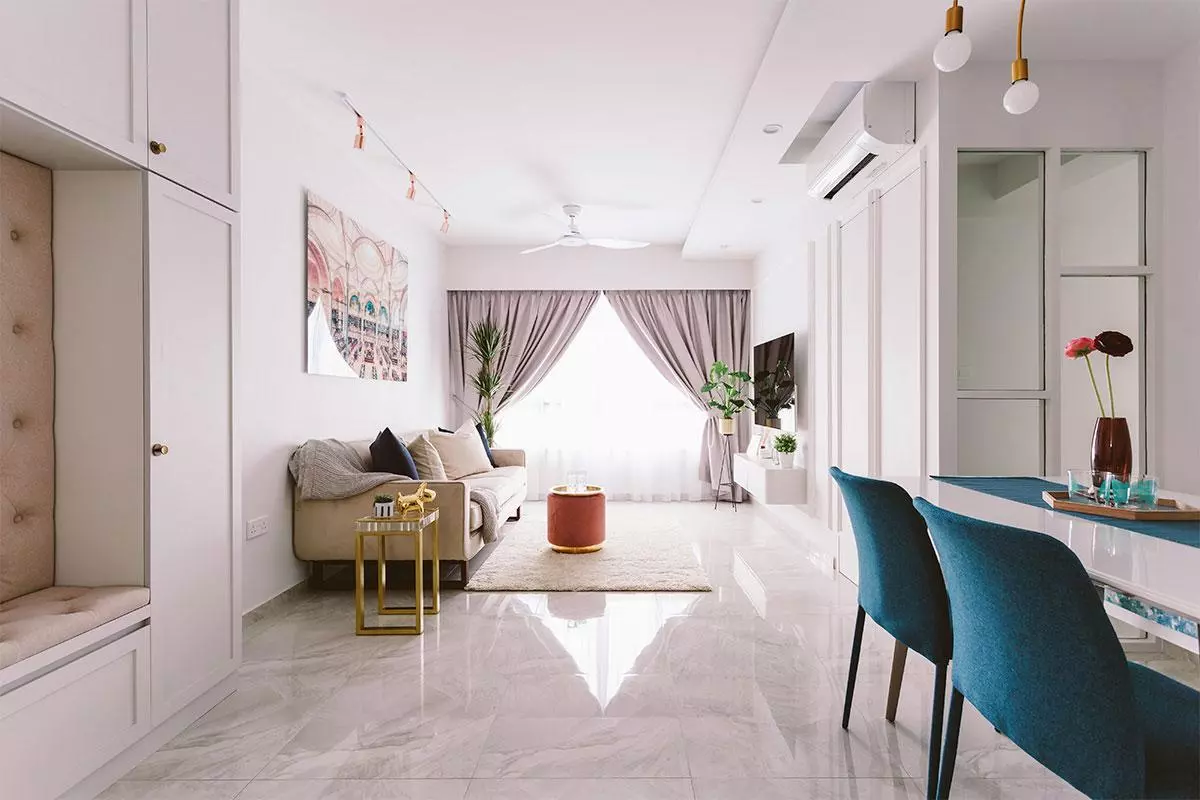
Mantelpieces and fireplaces in Victorian homes interior:
No Victorian home was complete without a fireplace, so this is something you should certainly add to your Victorian sitting room. If you already have an existing fire, a typical Victorian motif, why not replace it with a Victorian-style electric fire that looks like an old-fashioned wood-burning one? Adding a mantelpiece to your room immediately gives a Victorian look and is the perfect place to display your knick-knacks and souvenirs.Rather than purchasing a new one, visit flea markets and antique fairs to find a second-hand mantel that you can recycle. The look will be more authentic, and it will probably be cheaper too.